Hermaphroditism is a special and wonderful gender phenomenon in the biological world, which is opposite to dioeciousness. In nature, some organisms may be hermaphroditic or dioecious, which is mostly related to gene mutation or adaptation to the environment.
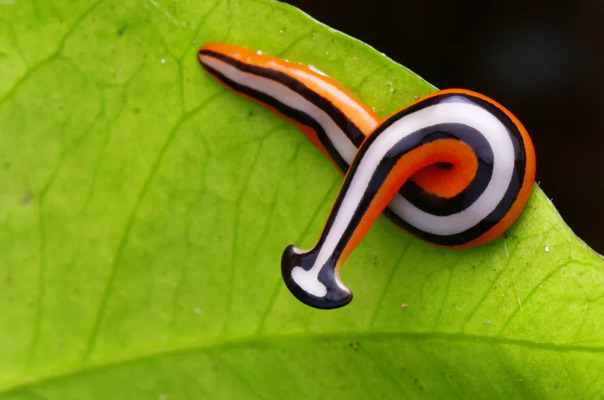
So, do you know which animals are "hermaphroditic"? This article will take you to count the top ten hermaphroditic animals in the world, including earthworms, eels, clownfish, corals, parasitic wasps, etc. Let's take a look at these "gender magicians" in nature!
1. Earthworm (typical hermaphrodite / mating is required to reproduce)
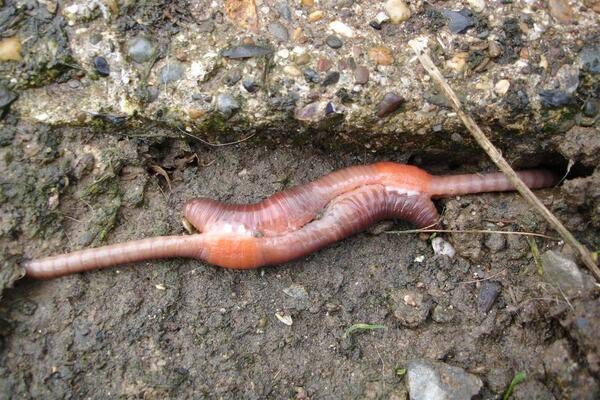
In nature, animals that are not distinguished between male and female are not uncommon, and one of the most common representatives is earthworms. Earthworms are found almost all over the world and are typical hermaphrodites - that is, they have both male and female reproductive organs in their bodies. However, unlike some species that can reproduce on their own, earthworms cannot complete the reproduction process on their own.

This is because the male and female reproductive organs of earthworms are located far apart on their bodies and cannot fertilize themselves, so they still need to mate to reproduce. Earthworms usually mate in groups, straightening their bodies and sticking each other tightly by secreting mucus during mating. During mating, the 15th segment of their body releases eggs, while the 9th and 10th segments are responsible for absorbing these eggs and fertilizing them. The fertilized eggs are then stored on the back of the earthworm's body, and a new generation of small earthworms will hatch after about two to three weeks.
2. Yellow eel (bisexual/female to male throughout life)
In the list of animals that can "change sex at will", the yellow eel is definitely one of the representative species. Generally speaking, the sex of most animals is determined at birth and remains unchanged throughout their lives; even hermaphroditic creatures like earthworms only have two sets of reproductive organs at the same time. However, the yellow eel has a more magical "sex change" ability.
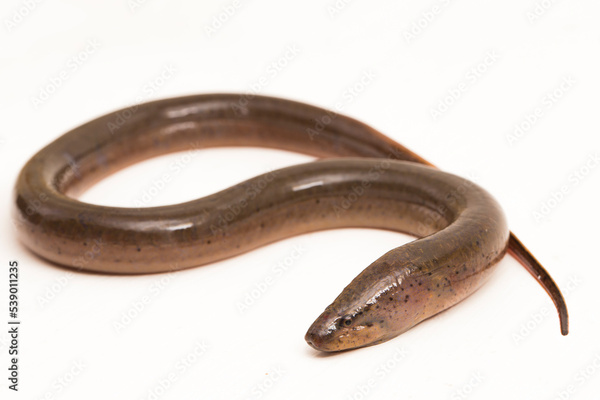
When the yellow eel grows from infancy to the first stage of sexual maturity, the sex of the individuals is almost the same, and basically all of them are female. In other words, they all reproduce for the first time as "mothers" at the beginning. However, as they continue to grow and reach their second sexual maturity, some eels will undergo a gender change from female to male, and begin to participate in reproduction as "fathers".
3. Clownfish (male to female / group gender order)
Among many hermaphroditic animals, clownfish is undoubtedly one of the most impressive representatives. Although they are all male at birth, they do not have the ability of parthenogenesis. Unlike ordinary creatures, clownfish are one of the few species that have the ability to "change from male to female", and once they become female, they can no longer reverse to male.
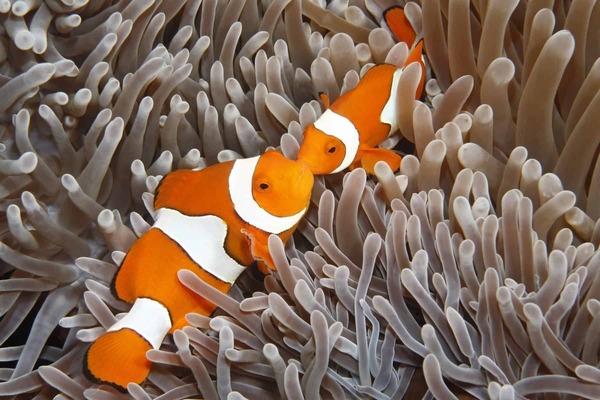
In a clownfish group, there is usually a female fish with the highest status as the "patriarch", leading several adult male fish to form a stable social structure. These male fish are in a state of incomplete gender differentiation when they are young, and have the potential ability to change gender. Once the main female fish in the group dies, the male fish with the highest position will be regulated by hormones in the body and gradually transform into a new female fish, and then take over the original position to continue to undertake the task of reproduction.
4. Wrasse (female to male / vacancy change)
Wrasse is a special fish with the ability to change gender, but unlike the "male to female" mechanism of clownfish, the gender change path of wrasse is exactly the opposite - they implement "female to male". All wrasses are female at birth, and this gender will only change when the male individual in the group dies or is absent.
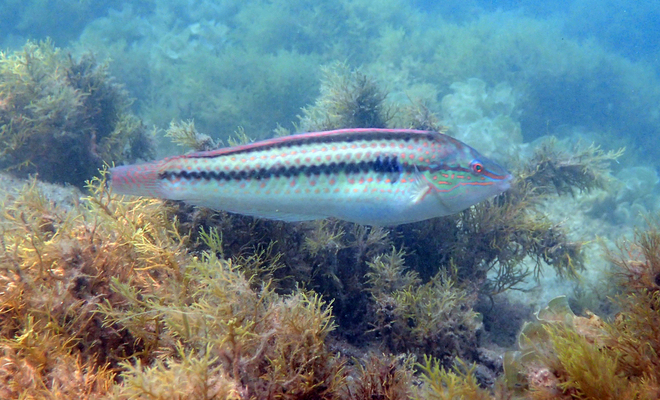
When the original male fish no longer exists, the strongest and most dominant female fish in the group will stand up and compete for the dominant position. The winning female fish will undergo a series of physiological changes: the ovaries gradually degenerate, the testes begin to form, and the brain structure is adjusted accordingly, so that its behavior pattern gradually changes to male. In the end, the female wrasse successfully "transforms" into a male and continues to take on the responsibility of population reproduction.
5. Coral (both sexual and asexual reproduction)
In the ocean, there are many species of organisms with hermaphroditic characteristics, among which coral polyps are typical representatives. Most coral polyps have male and female reproductive organs. Regardless of whether they are hermaphroditic individuals, they can reproduce sexually or asexually, thereby expanding the population.
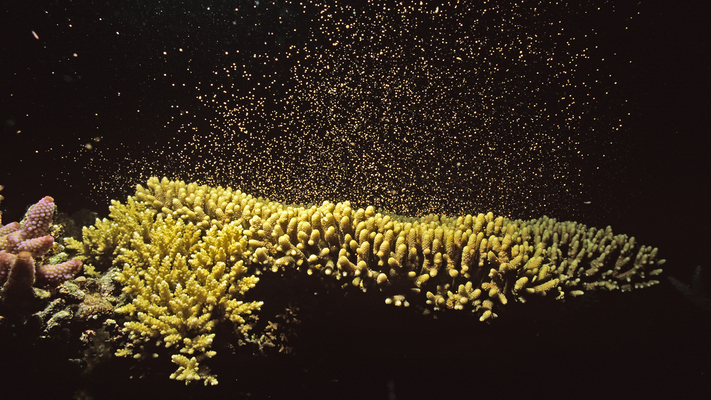
Sexual reproduction helps corals to explore new habitats. Although the released fertilized eggs can drift to distant seas with the seawater, the fertilization success rate is extremely low, less than one in a million. The main way to promote the rapid expansion of coral colonies is to rely on asexual reproduction. Coral polyps continuously divide and reproduce to form tightly structured and interconnected groups, thereby stabilizing and continuously expanding the coral reef ecosystem.
6. Parasitic wasps (chromosome mixing / male and female mosaicism)
Parasitic wasps are insects with both male and female characteristics. They have a mixture of male and female chromosomes in their bodies, so they present a complex state of hermaphroditism. What's even more surprising is that the most important "sex organ" of parasitic wasps seems to be the brain - gender behavior is often dominated by the nervous system.
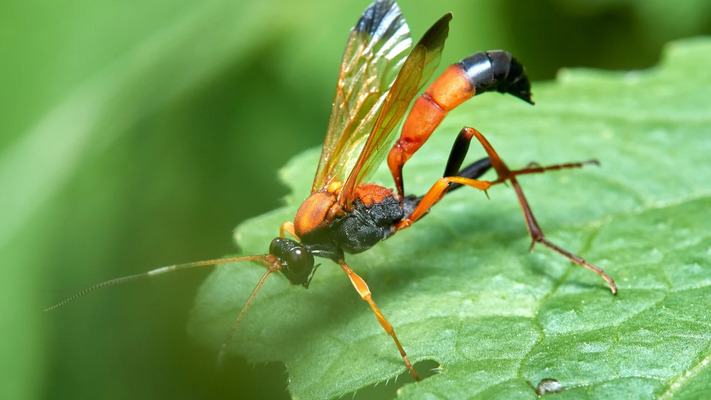
Taking normal reproductive behavior as an example, after a male parasitic wasp mates with a female bee, the female bee will look for a host insect, such as a moth larva, and implant the fertilized egg into the body with a sting from her tail. However, some parasitic wasps develop into "hermaphrodites", that is, they have male characteristics in their heads, but retain female forms in their bodies.
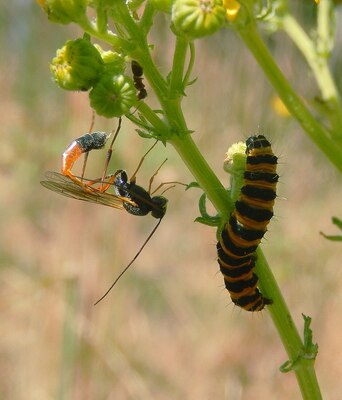
A parasitic wasp (left) tries to lay eggs on a caterpillar (right); some of the parasitic wasp's hosts will resist, and sometimes kill the parasitic wasp in the process of resistance.
Such male-female hybrids behave in a rather confusing manner: they mistake other female bees for mating partners and try to sting them, and even try to "mate" with moth larvae instead of laying eggs. They may also circle around the female bee, show affection but never mate; or they may suddenly stop mating as soon as they start mating, as if they suddenly remembered that there are more important things to do.
7. Snails (can reproduce parthenogenetically)
Some snails are typical hermaphrodites. Generally speaking, branchial snails are dioecious, while pulmonate snails have hermaphroditic characteristics; at the same time, their breathing methods are also different. Prosobranchs breathe through gills, while pulmonates exchange gases through lungs.
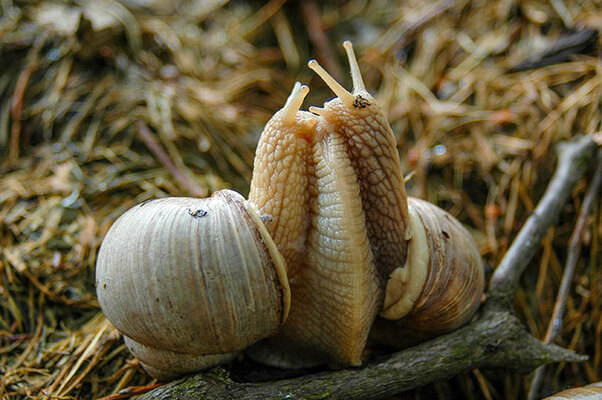
Most of the snails known so far belong to pulmonates, so there are relatively few species of prosobranch snails. Hermaphroditic snails usually have two complete reproductive systems, which can lay eggs and produce sperm, but under normal circumstances, they still mainly mate with different sexes. However, under certain special environmental conditions, some snails also have the ability to self-fertilize, thus realizing the physiological mechanism of reproducing offspring alone.
8. Turritopsis dohrnii (asexual reproduction / "rejuvenation")
The so-called "sexless animals" refer to animals that have no obvious gender distinction. Such creatures are rarer than animals that can change sex. They do not rely on the traditional male and female reproductive system in the reproduction process. Strictly speaking, they do not have female or male reproductive organs themselves, but reproduce through budding, splitting, etc.
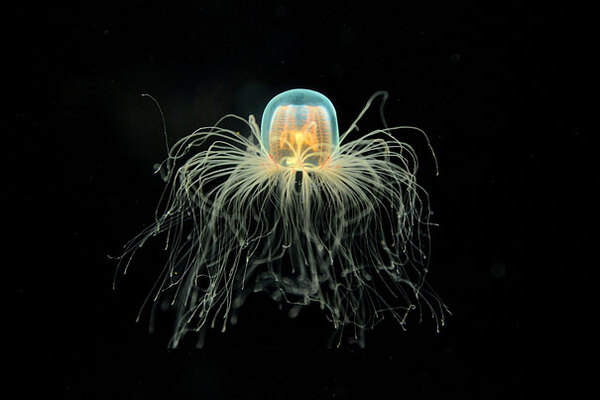
In nature, there is indeed such a strange creature-the Turritopsis dohrnii. This jellyfish is not only sexless, but also has the amazing ability to "reverse growth", and is known as the representative of "rejuvenation". Generally, animals will gradually age after reproduction, but the Turritopsis dohrnii can degenerate into immature polyp larvae after reproduction, restarting the life cycle and achieving biological "cyclic growth".
9. Blue-spotted grouper (rapid degeneration/sex swap)
Groupers are also hermaphroditic fish with the ability to change sex. Similar to wrasses, they undergo sex changes during their growth. When they first reach sexual maturity, groupers usually appear as females, and as they age, they will change to males in the following year or under certain conditions.
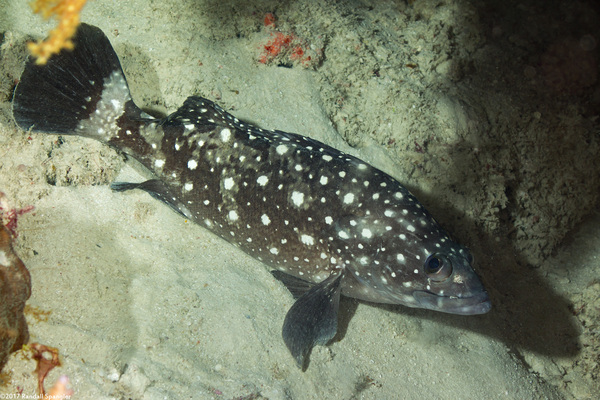
Among them, the blue-striped grouper, which lives off the coast of Florida and Brazil, is a "master" in gender switching. This fish can undergo gender switching multiple times a day, especially in the evening, when the gender roles of males and females may be swapped several times.
During the breeding process, one of the paired blue-striped groupers will first act as a female to lay eggs, and the other will act as a male to fertilize. After mating, they may also reverse their gender roles and continue a new round of reproduction. This phenomenon is called "sex switching" and is also a typical manifestation of "hermaphroditism" and "cross-fertilization".
10. Double-banded brocade fish (body size determines sex)
Double-banded brocade fish, also known as blue-headed fish, is one of the most interesting examples of sex-changing animals. Their sex is closely related to their body size: males are brightly colored and dazzling, while females are relatively plain. However, interestingly, these plain-looking female fish prefer the largest and most colorful male fish as their mates.
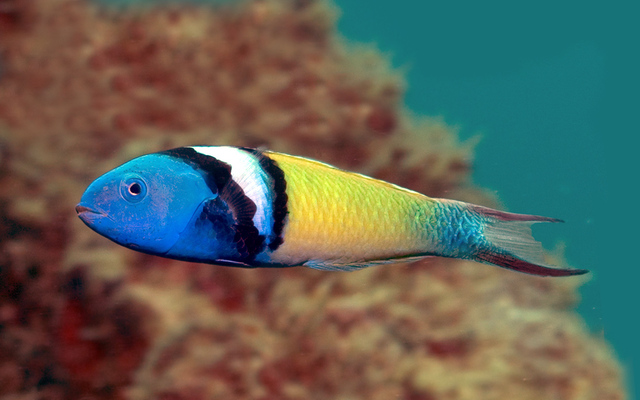
Therefore, during the breeding season, the largest males often have the highest mating advantage. Young double-banded brocade fish initially appear as females and begin to lay eggs after sexual maturity. When a female fish grows large enough, it will undergo a gender change, from female to male, and thus assume the reproductive role of the male fish.
Even more amazing is that if the largest male fish in the habitat suddenly disappears, the female fish with the closest size will usually complete the gender change within a few days. Not only will the behavior pattern change, but the appearance will gradually show male characteristics, becoming the new leader and replacing the original male fish.
Conclusion:
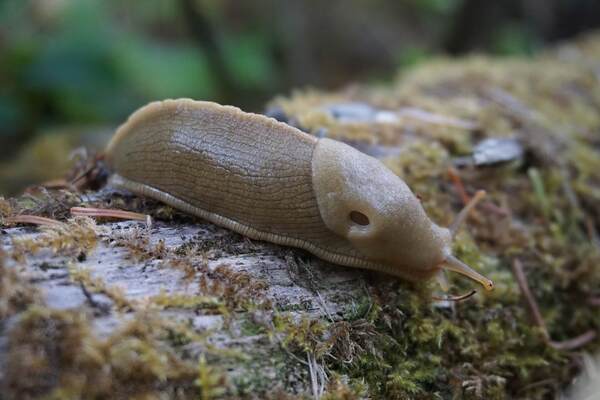
The above are the top ten hermaphroditic or gender-flexible animals in nature. The gender mechanisms of these creatures are different. Some complete their reproductive mission through gender change, some have bisexual organs, and some can even reproduce without gender, showing the magic and diversity of life. The content of the article refers to relevant information and online rankings, and is only for fun. If you have any additions or different opinions, please discuss and correct them in the comment area!
animal tags:
We created this article in conjunction with AI technology, then made sure it was fact-checked and edited by a Animals Top editor.